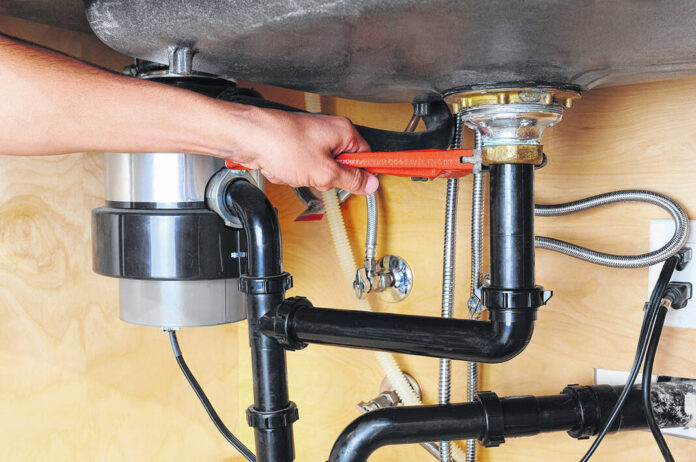Like electricity and HVAC, plumbing is one of the most critical parts of your home whose infrastructure you rarely see. Behind your walls, hundreds of feet of pipes serve as the blood vessels of your home, delivering hot and cold water at the turn of a tap. Plumbing is very easy to take for granted. It works perfectly … right up until the moment it doesn’t.
Here’s a look at some of the most common plumbing problems and how to handle them.
Slow-draining tubs and sinks
Sinks and tubs naturally pick up all kinds of residue, such as soap or hair. This can be as simple a fix as using a pipe snake or a homemade mix of vinegar and baking soda. However, if multiple sinks have the same problem, you might have an issue with your main line such as a leak, a major clog or tree roots getting into the line, in which case, you’ll need professional help.
Leaky faucets
This may be the most common of all plumbing problems (and one of the most annoying!). Usually, a corroded valve, loose washer, or bad O-ring is the problem, and it’s a simple repair. You can often DIY this if you know what you’re doing, but asking a pro can be easier and more reliable.
No hot water
Instant hot water is another modern convenience we all take for granted. If you turn the tap and only cold water comes out, you probably have a hot water heater problem. Take a look and check that it’s working (and if it’s gas-powered, verify the pilot light hasn’t gone out.) Hot water heaters are best left to the pros.
Clogged fixture
At the most basic, your plumbing performs two tasks for you: It delivers the water and makes the water safely LEAVE. This service is important for any fixture, but most vital for the toilet for obvious reasons. Plumbing lines depend on a clear path to work right; many things can clog them up. You can often clear out a clog with a plunger, but if that doesn’t work, call for professional help.
Clogged sewer line
One of the big ones: A clogged sewer line can cause every fixture in your house to back up, requiring immediate professional attention. A pro often uses a camera to inspect the problem and determine the solution. Sometimes it’s simple to clear out; other times, they may need to auger out tree roots. The more complex the problem is, the more expensive the repair, and in the worst-case scenarios, the line itself might need to be replaced.
The cost of any job varies greatly based on your system, the parts needed, and where you live. On average, expect to pay about $100-$400 for basic services such as leaky faucets or clogged drawings. You’ll pay an hourly rate after that, usually starting around $70.
One more crucial safety tip: Make sure you know where all your plumbing shutoff valves are. This is the quickest way to shut off potential flooding if a fixture has seriously broken. Sinks and toilets usually have a valve near the floor you can turn quickly. For a serious problem, you can also shut down the main valve that provides all water to your home. This is usually in your basement, utility room, or near the water meter. If you don’t know where this valve is, ask your plumber to show it to you.
Tweet your home care questions with #AskingAngi and we’ll try to answer them in a future column.







